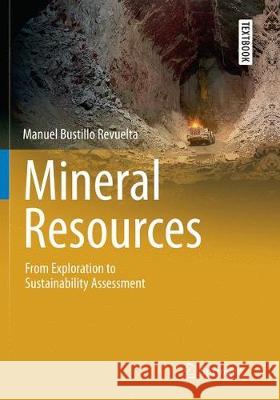Mineral Resources: From Exploration to Sustainability Assessment » książka
topmenu
Mineral Resources: From Exploration to Sustainability Assessment
ISBN-13: 9783319864686 / Angielski / Miękka / 2018 / 653 str.
Kategorie:
Kategorie BISAC:
Wydawca:
Springer
Seria wydawnicza:
Język:
Angielski
ISBN-13:
9783319864686
Rok wydania:
2018
Wydanie:
Softcover Repri
Ilość stron:
653
Oprawa:
Miękka
Wolumenów:
01











